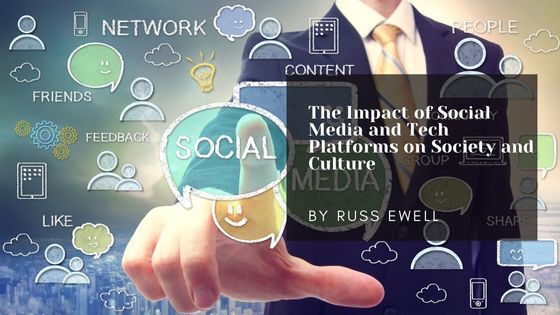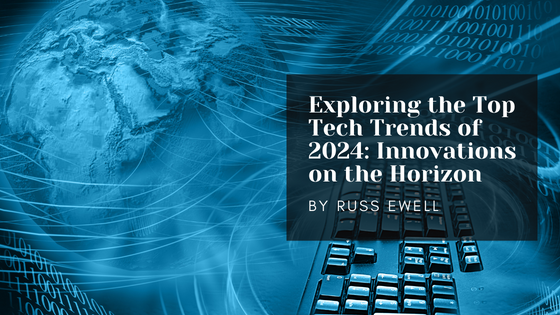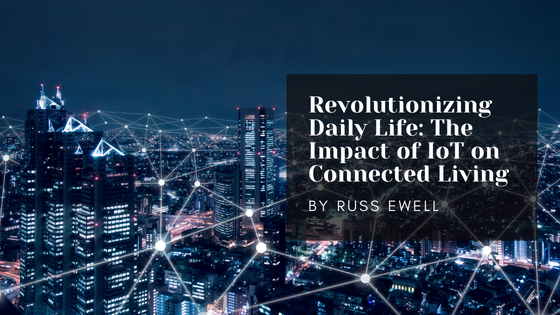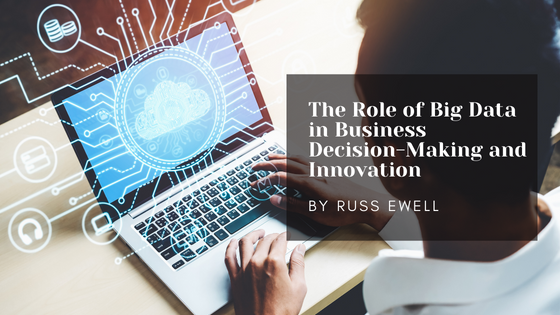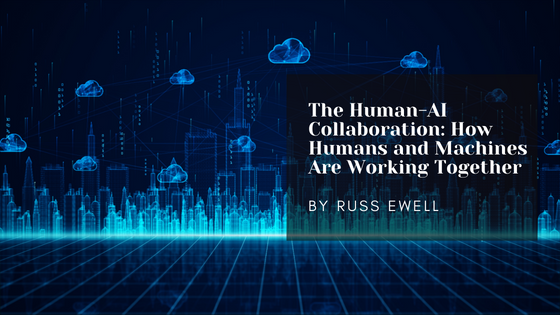Starting a tech company is an exciting venture filled with opportunities and challenges. The tech ecosystem is dynamic and ever-evolving, requiring entrepreneurs to be agile, informed, and strategic. Navigating this landscape effectively can be the difference between success and failure. Here’s a comprehensive guide to help you steer your tech startup through the complex ecosystem.
Understanding the Tech Ecosystem
What is the Tech Ecosystem?
The tech ecosystem comprises various components that interact and support the development, growth, and success of tech startups. This includes entrepreneurs, investors, accelerators, incubators, mentors, service providers, and customers. Understanding how these elements interplay is crucial for any tech startup.
Key Players in the Ecosystem
- Entrepreneurs: The innovators and visionaries who create tech startups.
- Investors: Venture capitalists, angel investors, and crowdfunding platforms that provide the necessary capital.
- Accelerators and Incubators: Organizations that offer mentorship, resources, and sometimes funding to early-stage startups.
- Service Providers: Legal, financial, marketing, and other professional services that support startup operations.
- Customers: The end-users who validate the startup’s product or service through adoption and feedback.
Building a Solid Foundation
Develop a Clear Vision and Mission
A clear vision and mission statement are vital for guiding your startup’s strategic direction. These statements define your startup’s purpose, goals, and the value it aims to provide. They serve as a beacon for decision-making and help attract like-minded team members and investors.
Conduct Market Research
Thorough market research helps you understand the needs, preferences, and pain points of your target audience. Identify your competitors and analyze their strengths and weaknesses. This information will inform your product development, marketing strategies, and competitive positioning.
Create a Business Plan
A comprehensive business plan outlines your startup’s objectives, strategies, target market, revenue model, and financial projections. It serves as a roadmap for your startup’s growth and is essential when seeking funding from investors.
Securing Funding
Types of Funding
- Bootstrapping: Using personal savings or revenue from initial sales to fund your startup.
- Angel Investors: High-net-worth individuals who provide capital in exchange for equity.
- Venture Capital: Firms that invest in startups with high growth potential in exchange for equity.
- Crowdfunding: Raising small amounts of money from a large number of people, typically through online platforms.
Crafting a Compelling Pitch
Your pitch should clearly articulate your startup’s value proposition, market potential, and business model. Highlight your team’s expertise, the problem your product solves, and how you plan to achieve scalability. Tailor your pitch to resonate with the specific interests of potential investors.
Building and Scaling Your Team
Hiring the Right Talent
Your team is one of your startup’s most valuable assets. Hire individuals who possess the skills, experience, and passion needed to drive your startup forward. Look for team members who complement your strengths and can help fill any skill gaps.
Fostering a Positive Culture
A positive company culture promotes collaboration, innovation, and productivity. Establish core values and ensure they are reflected in your company’s practices and interactions. Encourage open communication, recognize achievements, and provide opportunities for professional growth.
Leveraging Networks and Resources
Joining Accelerators and Incubators
Accelerators and incubators provide valuable mentorship, resources, and networking opportunities. They can help you refine your business model, connect with investors, and accelerate your startup’s growth. Research and apply to programs that align with your startup’s stage and industry.
Networking and Mentorship
Building a strong network of industry contacts, mentors, and advisors can provide invaluable guidance and support. Attend industry conferences, meetups, and events to connect with potential partners, customers, and investors. Seek out mentors who have experience in your industry and can offer strategic advice.
Adapting and Innovating
Embracing Agility
The tech ecosystem is fast-paced and constantly changing. Embrace agility by being open to feedback, iterating on your product, and pivoting when necessary. An agile mindset allows you to respond quickly to market changes and emerging opportunities.
Continuous Learning
Stay informed about industry trends, emerging technologies, and best practices. Encourage your team to engage in continuous learning through training, workshops, and professional development opportunities. A commitment to learning ensures your startup remains competitive and innovative.
Conclusion
Navigating the tech ecosystem requires a combination of strategic planning, adaptability, and resourcefulness. By understanding the ecosystem, building a solid foundation, securing funding, assembling a strong team, leveraging networks, and embracing agility, your tech startup can thrive in this dynamic environment. Stay focused on your vision, remain open to learning, and be prepared to navigate the challenges and opportunities that come your way.



